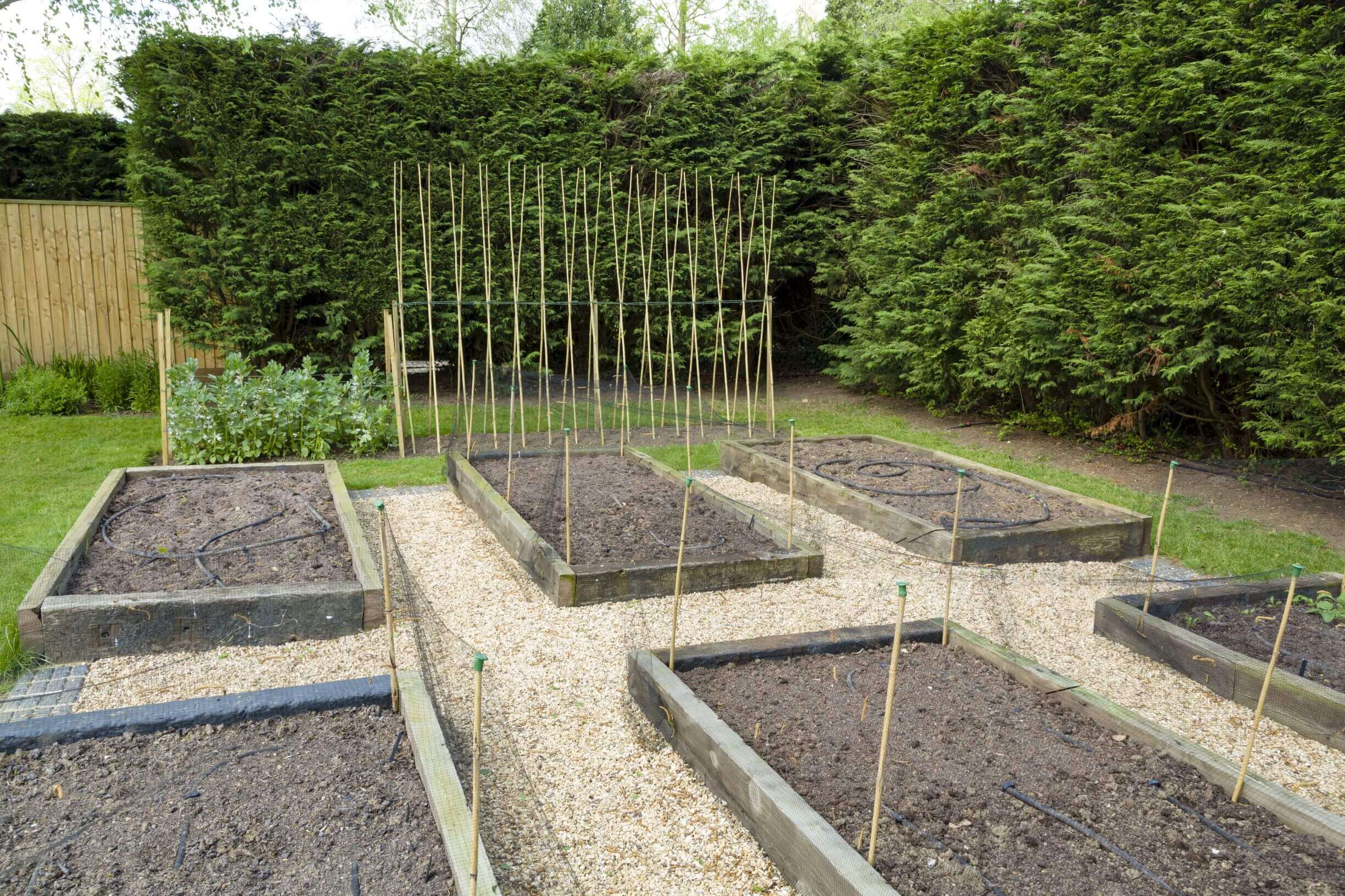No products in the cart.
WHAT TO PUT UNDER FRESH INSTANT TURF BEFORE LAYING
The success in establishing freshly laid turf depends greatly on both proper site preparation and soil preparation. Spending time on preparation will help to ensure the best growing conditions and establishment for your freshly laid instant turf.
HOW TO PREPARE THE SITE FOR INSTANT TURF INSTALLATION
Prepare the site with the following steps will ensure successful establishment for your instant turf:
- Clear the site from weeds, rocks and sticks.
- Dig the surface to a depth of 10-15 cm
- Add quality sandy loam soil of around 10 cm making sure the soil level is 3cm below paths and driveways.
- Slope the soil away from buildings to avoid flooding.
- Rake the soil for an even surface
- Apply quality lawn starter fertiliser
- Instant turf can now be applied.
SITE CLEARANCE
The first step is to clear the area of any debris such as rocks, sticks, weeds or stones. Dig the area evenly to a depth of around 10-15 cm making sure that the soil slopes away from the house. This will improve drainage therefore reducing wet patches and flooding near buildings.

SOIL PREPARATION
It is important to prepare the soil properly before laying new lawn.
Add a good quality top soil around 10 cm in depth.
A sandy loam top soil is best and can be top dressed with turf sand if required.Make sure the soil level is 3 cm lower than any paths or driveways.
This will ensure an even surface for mowing after the turf has been laid.
RAKE THE SOIL
Rake the soil so the surface is free of any pits or rises. This will give you better results for an even lawn surface and easy mowing.
Next, add a good quality lawn starter fertiliser to the soil before laying the fresh turf.
When you are happy with the appearance of your soils surface, you may then apply the correct instant lawn for the weather conditions for the area for which you live.














